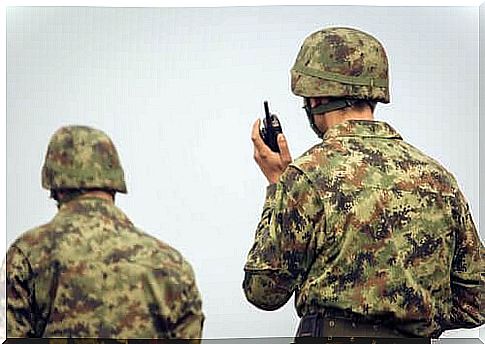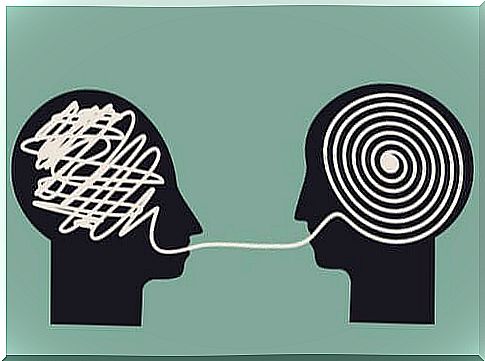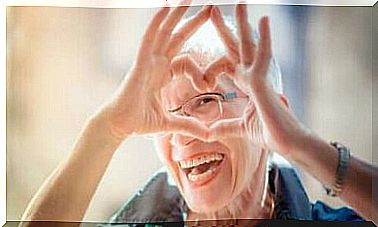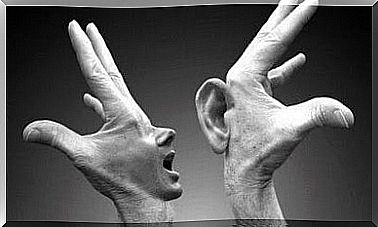Carl Hovland’s Biography: Persuasive Communication

In this article we are talking about Carl Hovland. He was a brilliant experimental psychologist who did not focus on one specific psychological area. However, his research laid the foundation for many social, experimental and cognitive models in psychology. Carl Hovland was one of the most influential psychologists of the 20th century.
He has devoted his professional career to the study of persuasion, group dynamics, communication and thinking. He attended Yale University. In addition, he also worked on very important projects for the US military and the Rockefeller Foundation.
He also founded the famous Yale Group. He also conducted the first studies on persuasive communication. During World War II , Carl Hovland studied the motivation and attitude changes of soldiers. He then worked for the United States Department of Defense.

The Life of Carl Hovland
Carl Hovland was born in 1912. He was a smart and introverted child who had trouble getting along with his classmates. However, his teachers described him as a brilliant and shy student who lived in a dream world.
At Northwestern University he studied mathematics, biology, physics and experimental psychology. He then received his doctorate from Yale University.
There he also managed to meet many relevant psychologists of the time. They had a huge influence on him. One of those psychologists was Clark L. Hull. He later became his mentor and colleague.
During his doctoral studies he published six academic articles. After graduating from college, he taught at Yale for the remainder of his professional career. The Yale Group research group was created thanks to his work.
Hovland married in 1938 and started his own family. World War II, however, interrupted his research at Yale. The United States Department of Defense contacted him and asked him to investigate the effects of propaganda and films on the training of soldiers.
The purpose of this campaign was to motivate the soldiers who fought against the Japanese forces. The previous campaign had proved ineffective and had counterproductive effects.
After the war, Hovland returned to Yale. There he became the chairman of the department of psychology. At age 39, he was elected president of the American Psychological Association (APA). After his wife became ill and passed away, he died an untimely death from cancer. He was 49 years old.
Carl Hovland’s research
Hovland worked with Clark L. Hull. During that period, the two researchers designed a series of studies to evaluate memory learning and the psychological integration of language through mathematical equations. Later he also became interested in other aspects such as communication.
We’ve mentioned it before. The United States Department of Defense recruited him to oversee soldier motivational training programs. He analyzed people’s resistance to changing their beliefs. Hovland developed methods to overcome this.
His results were varied. However, it is worth mentioning that Hovland and his team managed to refute the Nazi theory about the effectiveness of unilateral information presentation.
This theory claimed that successful persuasive communication should represent only one side of a statement. However, Carl Hovland’s research contradicted this.
After the war, he returned to Yale and focused on his research on social communication. He also established a research program with the Rockefeller Foundation. This program was about the change in attitude through specific information presentation.

His legacy
Hovland then expanded his studies to the areas of problem solving, communication, change in opinion, and social judgments. According to many experts, he was the expert who contributed most to social communication, an area in which no one was researching.
He studied all elements that can influence communication. His research also focused on the influence of all variables. He defined the different phases in an effective attitude-oriented communication: exposure to the message, attention, understanding, acceptance and retention.
Hovland also worked on the different circumstances surrounding the message. These can include the credibility of the sender, the nature of the message and the receiver’s attitude to hear the message.
In 1953 he published his work on mass communication Communication and Persuasion: Psychological Investigations on the Change of Mind. In this work he reflects on his main conclusions and analyzes about the processes of persuasion.
Finally, we can say that Carl Hovland has revolutionized research on communication and its relationship with persuasion. His research is still relevant today. He definitely paved the way for later investigations.








